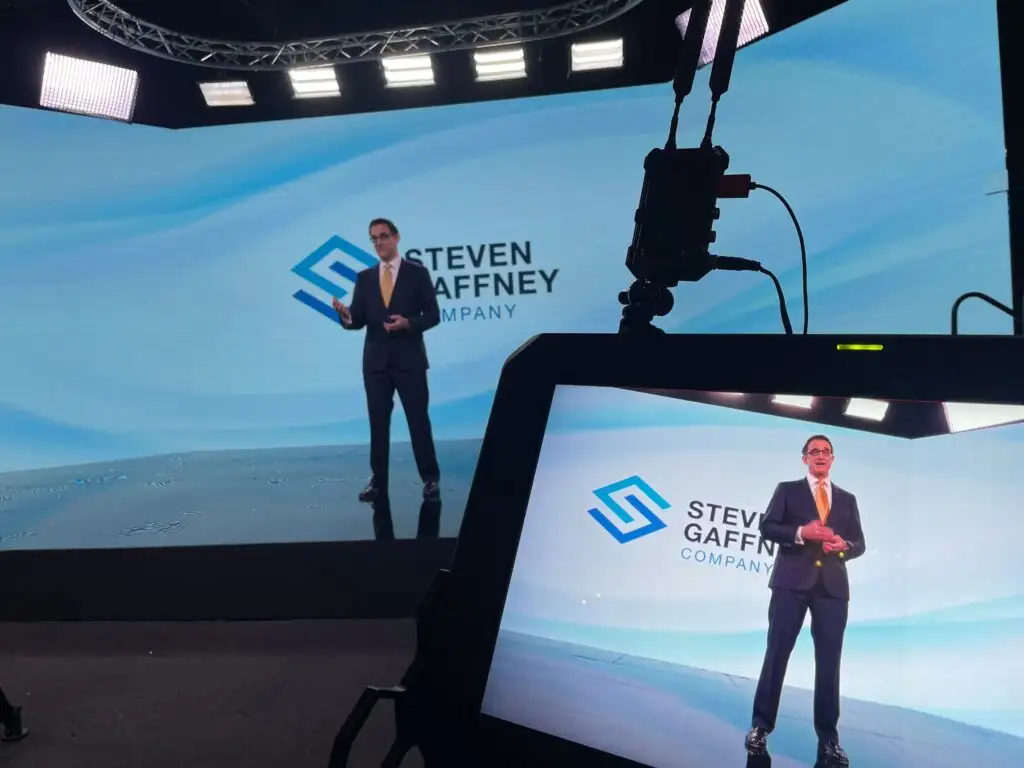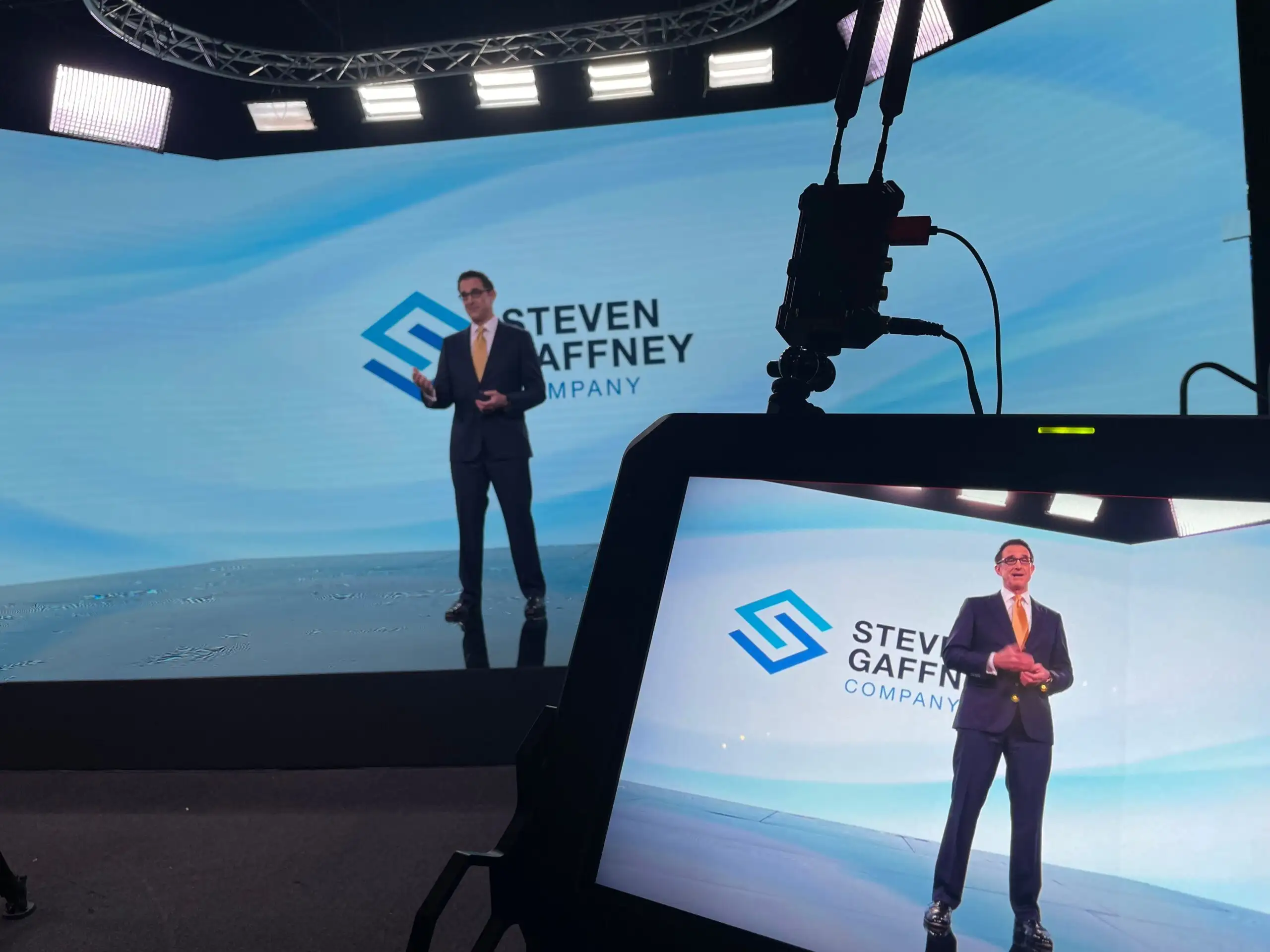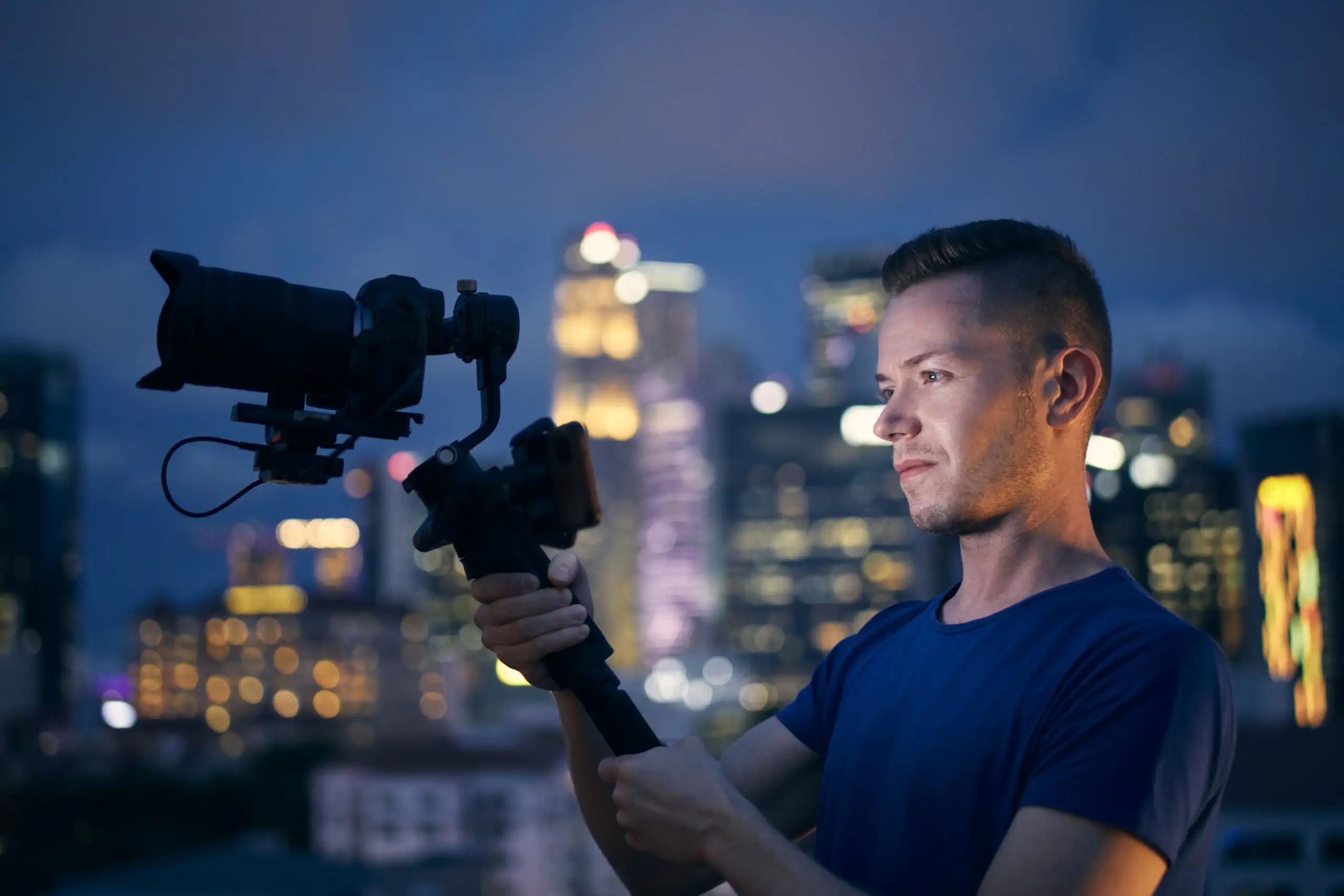What DC Brands Need to Know to Stay Ahead in 2025
Commercial videography in Washington DC is undergoing a creative transformation—driven by technology, audience expectations, and the city’s dynamic mix of government, nonprofit, and corporate clients. As more organizations realize the power of video to tell compelling stories, educate audiences, and drive engagement, demand for high-quality, authentic content continues to soar.
In this article, we break down the top trends shaping commercial videography in Washington DC for 2025. Whether you’re a local business, a government agency, or a nonprofit organization, these insights will help you stay ahead and make smarter video marketing decisions.
1. Studio-Based Shoots with LED Video Walls are Booming
Thanks to virtual production techniques, LED video wall displays have become a game-changer in commercial videography in Washington DC. A video production studio like TriVision Studios in Northern VA now offers fully immersive backdrops using 2.5mm pixel pitch LED walls for corporate videos, product launches, and even government PSAs.
Why it matters:
With LED walls, you can simulate locations (like Capitol Hill or a conference center) without leaving the studio—saving on permits, logistics, and unpredictable weather.
Example:
A DC-based nonprofit used TriVision Studios and its large LED walls to simulate a live event backdrop for a virtual conference. The production cost was lower than an on-site shoot, but the results were visually stunning and believable.
Studio Production for “LGBTQ Nation Equality for All Leaders Roundtable” Using Our Large LED Video Wall and Sound Stage Held at TriVision Studios in Northern Virginia
2. Drone Videography is No Longer Just for Real Estate
Drones used to be a luxury. Now, they’re a standard tool in DC’s commercial video toolkit. From sweeping aerials of the National Mall to overhead shots of campus facilities or construction projects, drone footage adds cinematic value and professional polish.
Regulatory note:
Filming in restricted DC airspace requires FAA clearance and experienced, licensed pilots. This is where working with a professional company really matters.
Use cases:
Urban development companies filming before/after sequences
Universities creating campus tour content
Nonprofits documenting rally events or environmental impact zones
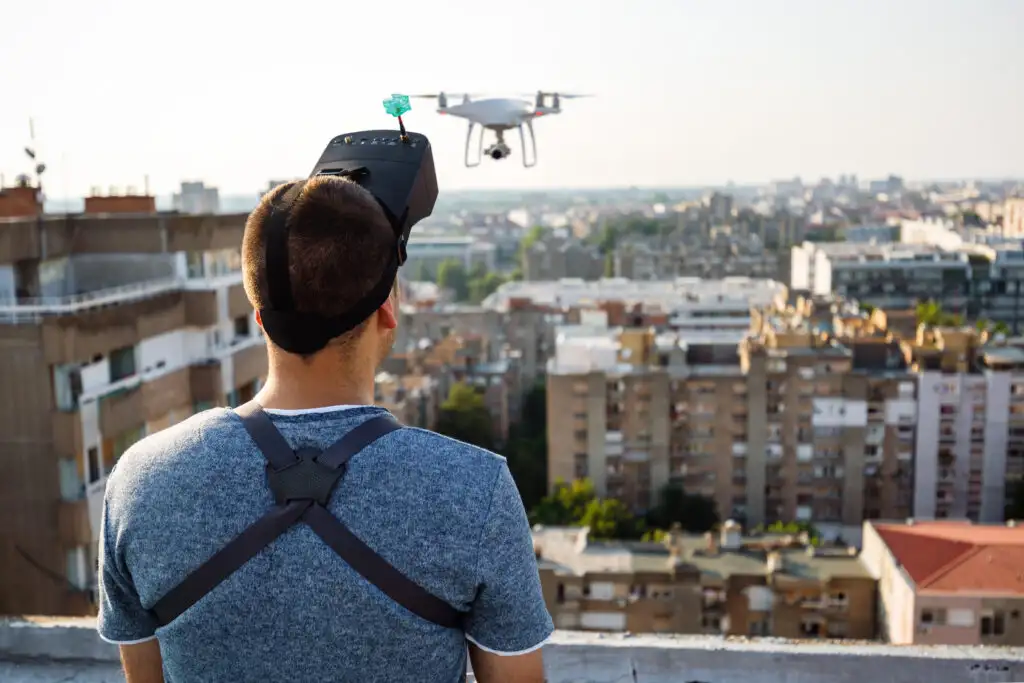
3. Short-Form Video is Taking Over B2B and B2G Campaigns
It’s not just for TikTok anymore—short-form video (15–60 seconds) is now being used by government contractors, think tanks, and law firms across the DMV. These micro-videos are ideal for:
-
Social media snippets
-
Website intros
-
Email campaigns
Why it works:
Attention spans are shrinking. Quick, clear, and professionally edited videos get shared more and have higher completion rates.
Tip:
Create a single master video, then break it into short-form clips to extend your content mileage.
30-Second Short-Form Reel for World Resources Institute at TriVision Studios
4. Bilingual & Multilingual Videos are on the Rise
As DC becomes even more diverse and agencies expand global outreach, there’s a growing need for commercial videos produced in multiple languages, including Spanish, Arabic, Dari, and French.
Who’s doing this:
Federal agencies like USAID and State Department, as well as global nonprofits and trade organizations.
What’s involved:
On-camera translation talent
Subtitles (508 compliant)
Voiceover localization
Cultural adaptation of visuals and script
Pro tip:
Invest in accurate translation and cultural consultation. A poorly localized video can backfire with international audiences.
5. Purpose-Driven Storytelling is Leading the Creative Direction
Audiences—especially Gen Z and millennial professionals—respond best to authentic, story-driven content that aligns with social impact, innovation, or a mission.
In DC, this trend is huge.
Organizations are increasingly using video to highlight their “why,” not just their “what.”
Popular formats include:
-
Mini-documentaries
-
Impact reels for fundraisers
-
Staff and beneficiary stories
Example:
TriVision produced a video series for EXIM Bank’s Exporter Success Stories—real businesses, real voices, real impact. The series helped humanize a federal agency and increase engagement on LinkedIn and YouTube.
6. Hybrid Event Coverage is Now a Commercial Video Asset
Pre-2020, events were typically LIVE and in-person. Post-2020, they are virtual or hybrid—and they need a video plan. In DC, where trade shows, summits, and conferences are common, this means:
-
Live streaming with multi-camera setups
-
Event highlight reels
-
Interview snippets with attendees or speakers
-
Branded content for on-demand access
- Live remote speakers
Why it’s commercial videography:
Because it extends the life of your event beyond the venue and adds lasting ROI.
Stats:
According to Bizzabo, 72% of event organizers say video is their #1 tool for post-event engagement.
7. AI Tools are Powering Faster Edits and Smarter Campaigns
AI has entered the editing suite. DC production teams are increasingly using tools like Runway, Adobe Sensei, and Descript to:
Auto-generate subtitles
Clean audio
Create instant social cuts
Use AI avatars for voiceovers
Important note:
AI supports—but does not replace—human creativity. Think of it as your assistant, not your editor-in-chief.
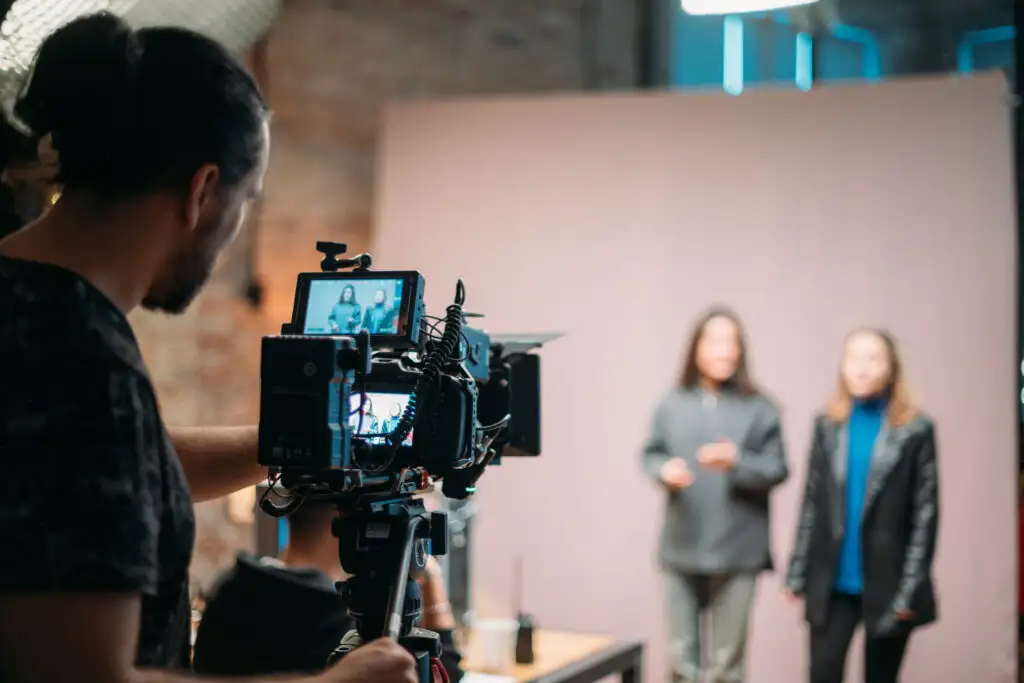
8. Corporate Training and Internal Communication Videos are Leveling Up
In a city full of government contractors and large associations, internal communication is a big deal. And it’s becoming more professional.
Trends include:
-
Green screen explainer videos
-
Scenario-based training using actors or animation
-
CEO address videos with graphics and captions
-
Onboarding videos for hybrid teams
Why it’s smart:
Video reduces training time, increases retention, and keeps messaging consistent.
Stat:
Employees retain 95% of a message when they watch it in a video, compared to just 10% when reading text (Insivia).
9. Accessibility Compliance (508) is a Must-Have
If your organization works with the federal government, your video must be 508 compliant—meaning it’s accessible to people with disabilities.
This includes:
Captioning
Audio description tracks
High-contrast graphics
Screen-reader-friendly interfaces
TriVision has made this a core part of our workflow, especially when working with USDA, IRS, and SEC clients.
10. Demand for “DC-Area" Local Studios with Full-Service Capabilities
Finally, brands in the capital want one-stop-shop video partners who understand the DC market, offer in-house crews, creative direction, editing, and post—without outsourcing everything to LA or NYC.
Why it matters:
DC-based studios can respond fast, navigate security protocols, speak government lingo, and even help with contract vehicles like GSA Schedule or 8(a) set-asides.
Final Thoughts: Staying Ahead in DC’s Video Scene
Commercial videography in Washington DC is no longer just about pointing a camera—it’s about strategy, story, and standing out in one of the most influential cities in the world.
Whether you’re capturing policy impact, launching a product, or training your team, video is the most powerful medium available—and the trends above prove that it’s evolving fast.
Ready to Elevate Your Video Strategy?
At TriVision Studios, we’ve been producing high-impact commercial video content in Washington DC for over 25 years. From LED-powered studio shoots to full-scale event coverage and virtual global conferences, our in-house team helps brands and agencies create stunning content—on time and on budget.
